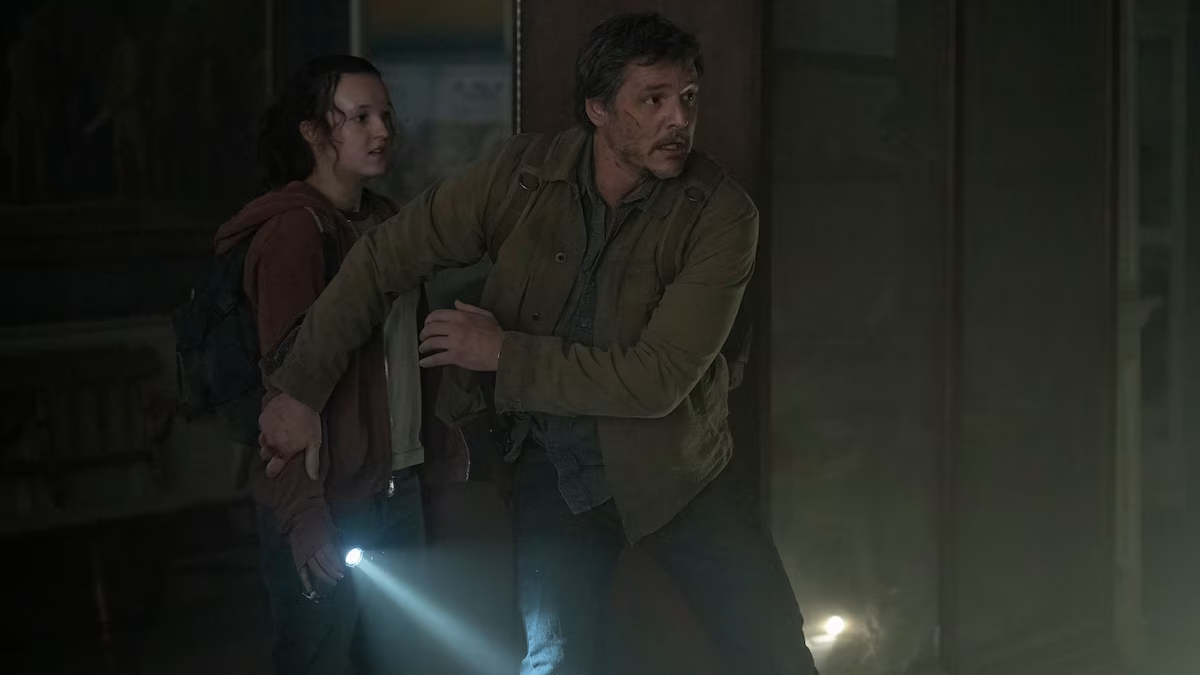The Others (2001)

The Others, directed by Alejandro Amenábar and released in 2001, is a psychological horror film that stands out for its atmospheric tension, intricate plot, and thematic depth. Set in a remote mansion on the English coast just after World War II, the film weaves a chilling tale of a mother’s desperate search for the truth in a world shrouded in mystery and fear. Through its effective use of suspense, character development, and thematic exploration, The Others delivers a haunting and thought-provoking cinematic experience.
The film stars Nicole Kidman as Grace Stewart, a devoutly religious woman who lives in a large, gloomy mansion with her two children, Anne (Alakina Mann) and Nicholas (James Bentley). Grace’s children suffer from a rare condition that makes them highly sensitive to light, necessitating that the family’s home be kept in near-total darkness. This setting creates an atmosphere of claustrophobic unease, as the mansion’s dimly lit rooms and shadowy corners serve as both a literal and metaphorical backdrop for the unfolding drama.

The story begins with Grace awaiting the return of her husband from the war, who has been absent for an extended period. As the narrative progresses, strange occurrences begin to unsettle the family, including unexplained noises and ghostly apparitions. To address these disturbances, Grace hires three servants—Mrs. Mills (Fionnula Flanagan), Mr. Tuttle (Eric Sykes), and Lydia (Elaine Cassidy)—to help manage the household. The arrival of these new characters adds to the film’s eerie atmosphere, as their enigmatic behavior and cryptic conversations further contribute to the mounting tension.
A key aspect of The Others is its exploration of psychological fear and isolation. Grace’s obsession with maintaining order and normalcy in the face of her children’s illness and the haunting events in the house reflects her deep-seated anxieties. Nicole Kidman’s performance captures Grace’s desperation and paranoia with remarkable intensity, portraying a character who is simultaneously protective and controlling. Her interactions with her children and the new servants reveal layers of complexity in her character, as she grapples with her fears and the unsettling events that disrupt her life.

The film’s plot is driven by a series of mysterious and unsettling occurrences that challenge Grace’s understanding of reality. The gradual revelation of these events is masterfully crafted, with Amenábar employing a slow build-up of tension that keeps the audience on edge. The narrative’s twists and turns, combined with the film’s atmospheric setting, create a sense of foreboding and suspense that is characteristic of the best psychological horror.
One of the most striking elements of The Others is its thematic exploration of grief and acceptance. Grace’s interactions with her children and her reactions to the supernatural occurrences in the house are deeply intertwined with her emotional state. The film delves into themes of loss, denial, and the search for closure, using the supernatural elements as a metaphor for Grace’s internal struggles. The gradual revelation of the truth behind the haunting provides a poignant commentary on the nature of grief and the process of coming to terms with one’s circumstances.

The film’s climax is both surprising and emotionally resonant, as the truth behind the haunting is revealed in a series of dramatic revelations. Without giving away too much, the resolution of the film provides a powerful and thought-provoking conclusion that recontextualizes the entire narrative. The final moments of the film are both haunting and heart-wrenching, offering a resolution that is both unexpected and deeply moving.
Visually, The Others is characterized by its somber color palette and meticulous attention to detail. The film’s cinematography, by Javier Aguirresarobe, creates a mood of isolation and melancholy, with its darkly lit interiors and mist-shrouded exteriors adding to the sense of unease. The use of shadows and light enhances the film’s atmospheric tension, creating a visual style that complements the psychological depth of the story.

The film’s score, composed by Alejandro Amenábar, further amplifies its emotional and dramatic impact. The haunting and melancholic music adds to the film’s sense of dread and enhances the psychological tension, creating a cohesive and immersive experience.
In conclusion, The Others is a masterful psychological horror film that explores themes of fear, isolation, and grief with remarkable depth and nuance. Through its compelling narrative, strong performances, and atmospheric direction, the film offers a haunting and thought-provoking exploration of the human psyche. Its blend of suspenseful storytelling, emotional resonance, and thematic complexity makes it a standout entry in the genre, delivering a cinematic experience that lingers long after the credits roll.











